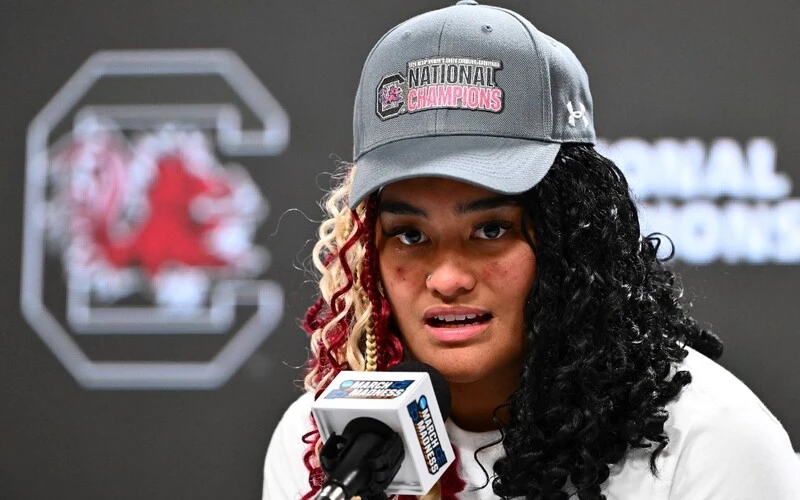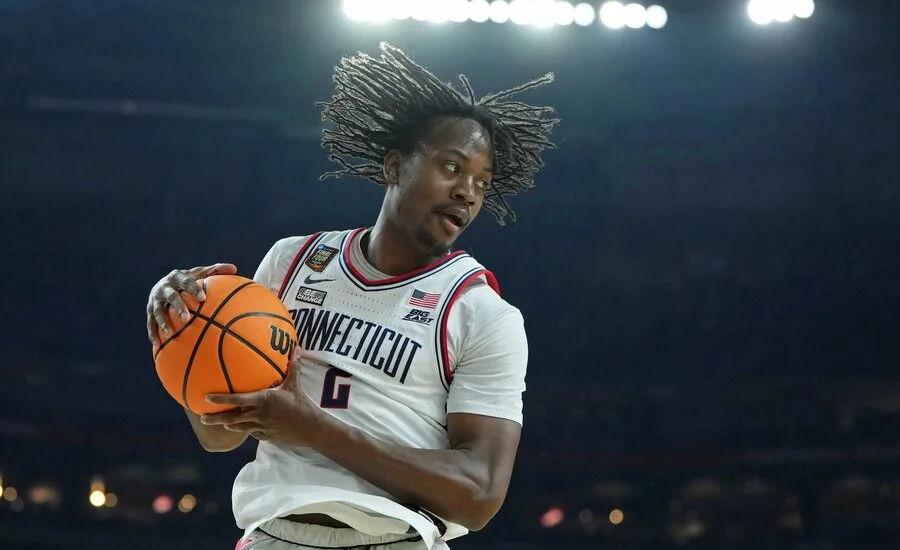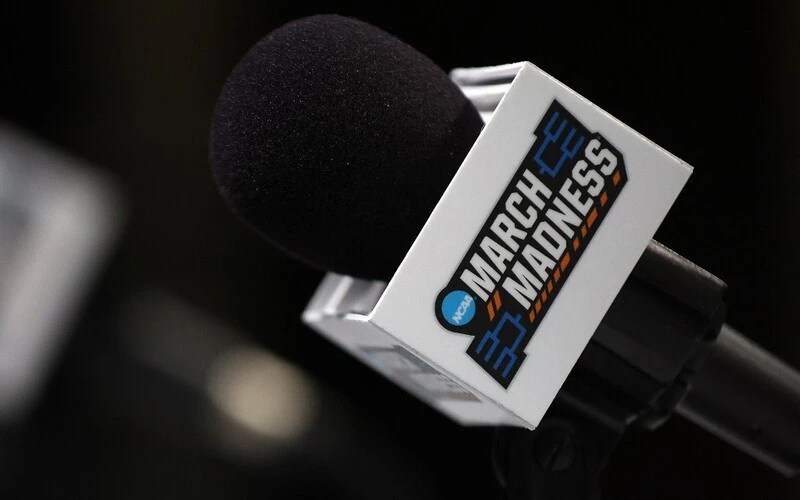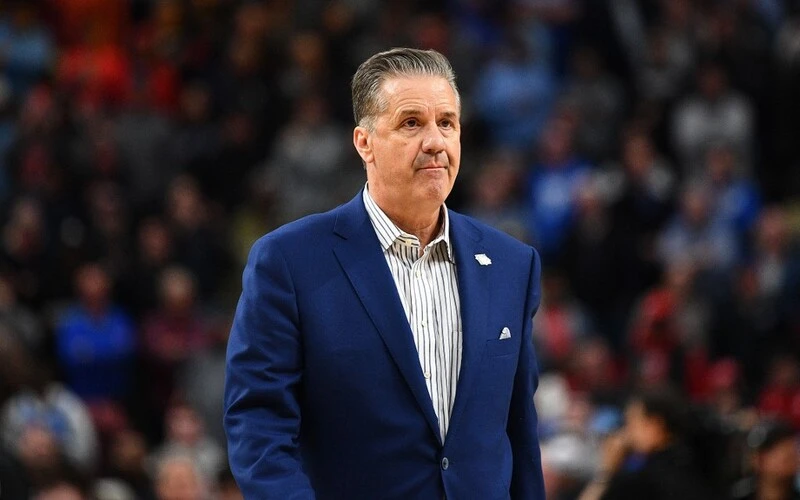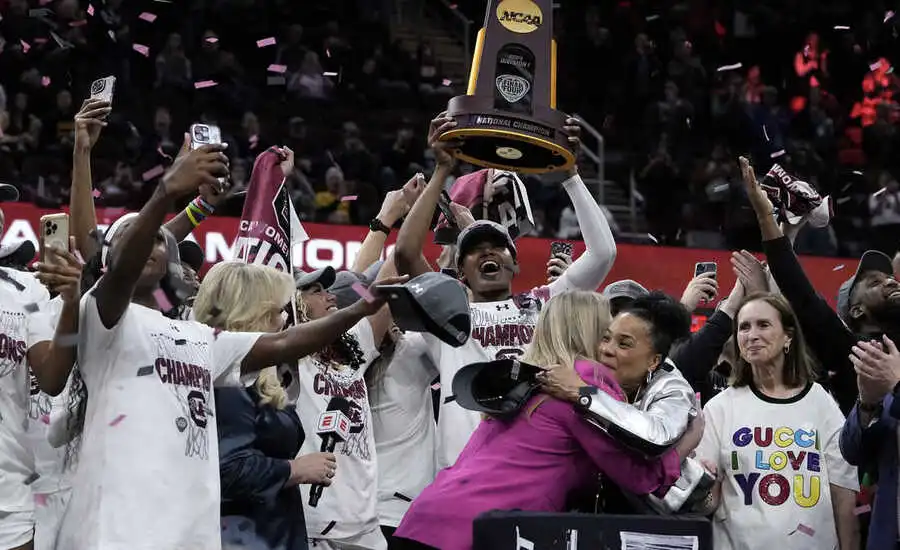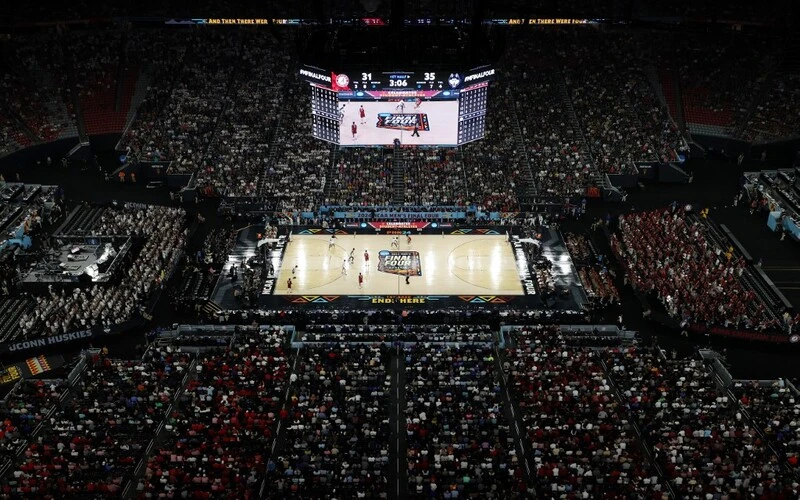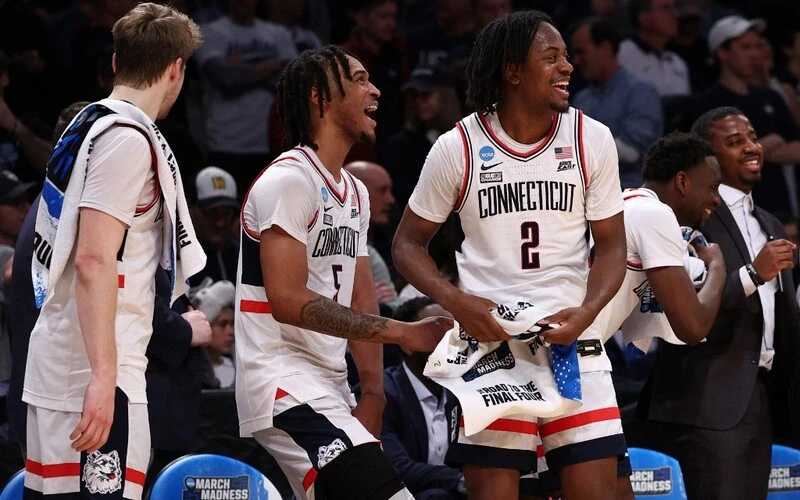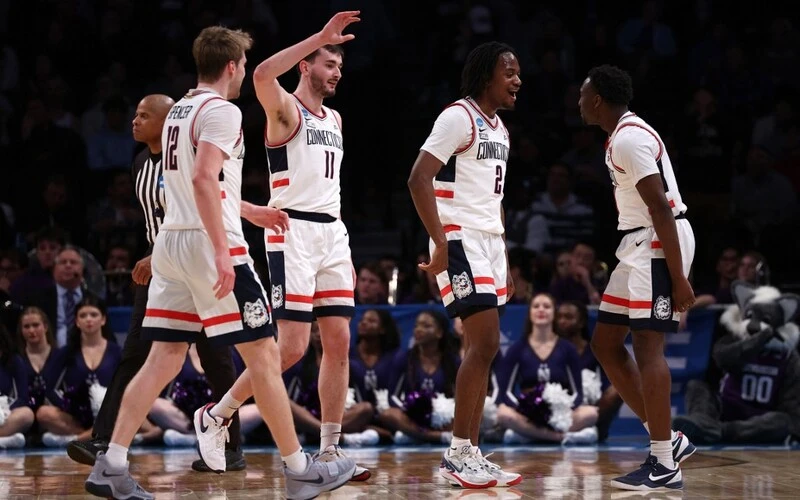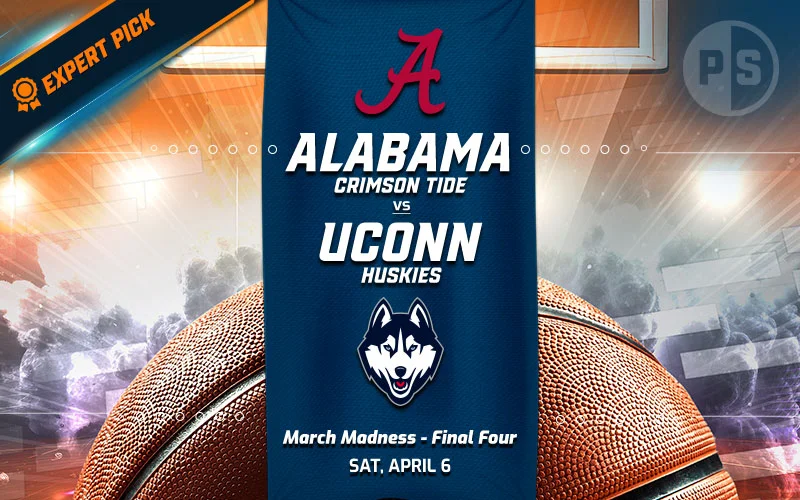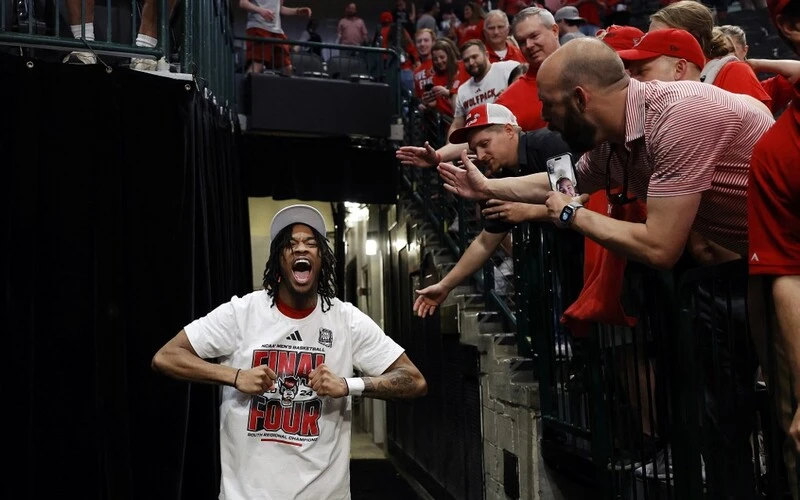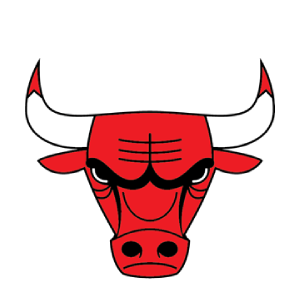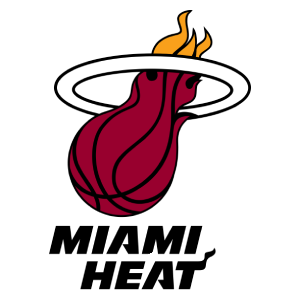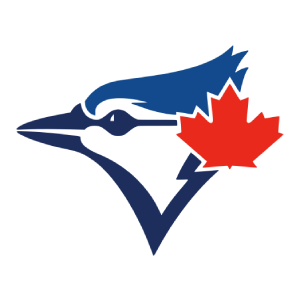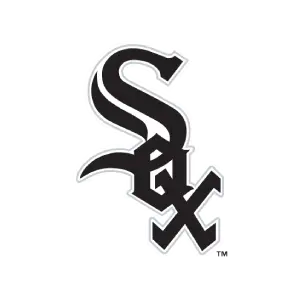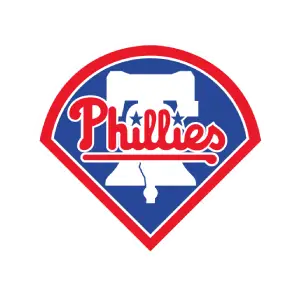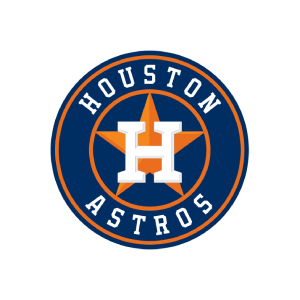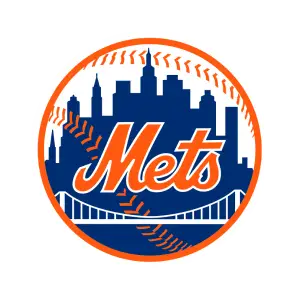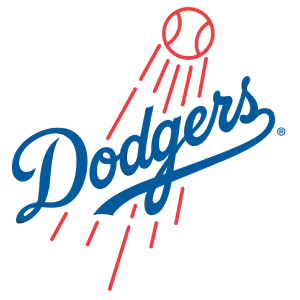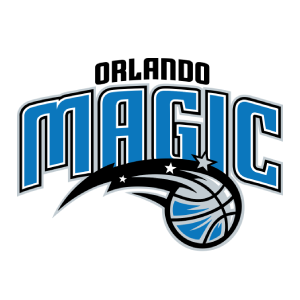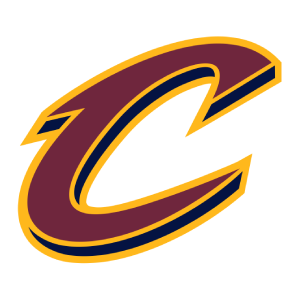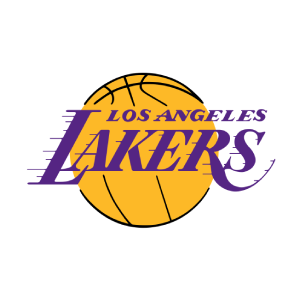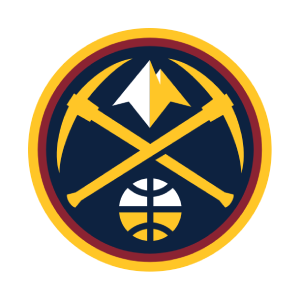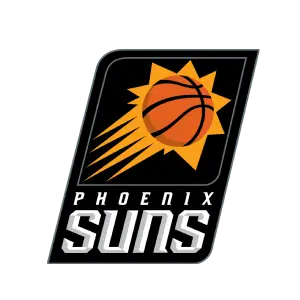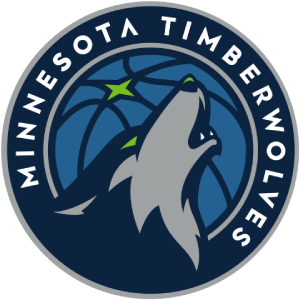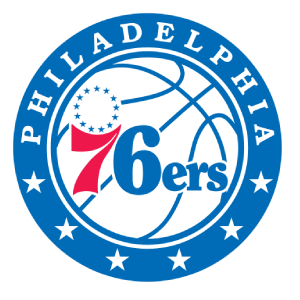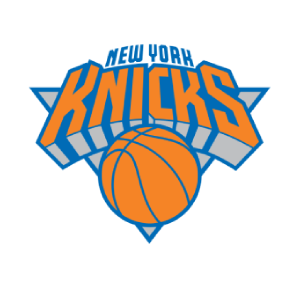 Panthers
Panthers
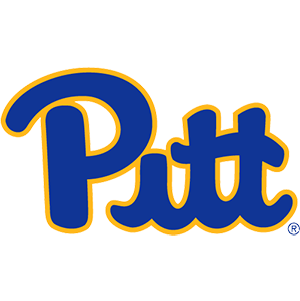 Panthers
PanthersNCAAB Pittsburgh Panthers
General Information
Conference: Atlantic Coast Conference
NCAA Division: Division I
City: Pittsburgh, PA
Stadium: Petersen Events Center
Championships
- National Championships: None
- Conference Titles: 4
- NCAA Tournaments: 1941, 1957, 1958, 1963, 1974, 1981, 1982, 1985, 1987, 1988, 1989, 1991, 1993, 2002, 2003, 2004, 2005, 2006, 2007, 2008, 2009, 2010, 2011, 2013, 2014, 2016
Past Conferences:
- Big East
- Eastern Athletic
- Eastern Collegiate
- Eastern Intercollegiate
- Independent
Pittsburgh Panthers Standings & Analysis
The Pittsburgh Panthers standings have had a decent season in NCAAB, currently sitting at a 15-12 record as of March 2023. However, their performance in the ACC conference has been lackluster, with a conference record of 5-11, placing them near the bottom of the standings. The team has had some notable wins against ranked opponents such as the Duke Blue Devils and the North Carolina Tar Heels, but inconsistency has been a major issue for them throughout the season. The Panthers will need to improve their performance in conference play if they hope to make a run in the ACC tournament and earn a spot in the NCAA tournament.
All-Time Pittsburgh Panthers Stats & Records
Points Scored
⦁ Charles Smith: 2,045
⦁ Clyde Vaughan: 2,011
⦁ Larry Harris: 1,914
Rebounds
⦁ Sam Clancy: 1,342
⦁ Charles Smith: 987
⦁ Jerome Lane: 970
Assists
⦁ Brandin Knight: 785
⦁ Sean Miller: 744
⦁ Levance Fields: 645
Wins
⦁ Doc Carlson: 366
⦁ Jamie Dixon: 328
⦁ Robert Timmons: 174
Overview of the Pittsburgh Panthers Standings
Last-Season Standings
The Pittsburgh Panthers had a rocky start to their 2021-2022 season, with a record of 3 wins and 4 losses in their first seven games. Despite the slow start, the Panthers were determined to turn things around and improve their Pittsburgh Panthers standings. Led by senior guard Femi Odukale and sophomore forward Justin Champagnie, the Panthers began to show flashes of their potential with back-to-back wins against ACC opponents Georgia Tech and Virginia Tech.
As the season progressed, the Panthers continued to build momentum and climb the Pittsburgh Panthers standings. With a balanced attack on both ends of the court, they secured impressive victories against ranked opponents Louisville and Duke. Junior guard Ithiel Horton also emerged as a key contributor, hitting clutch shots and providing a spark off the bench.
However, the Panthers also faced their fair share of challenges throughout the season. They suffered a tough loss against Syracuse in overtime, and struggled to find their rhythm in a blowout defeat against North Carolina. Despite these setbacks, the team remained focused and determined to finish the season strong and improve their Pittsburgh Panthers standings.
In the end, the Panthers finished the regular season with a record of 12 wins and 12 losses, earning a spot in the ACC tournament. While they faced a difficult draw in the first round against top-seeded Florida State, the Panthers put up a valiant effort and gave their opponents all they could handle in a hard-fought defeat. Despite falling short in the tournament, the Panthers can hold their heads high knowing that they gave their all throughout the season and made significant strides in the Pittsburgh Panthers standings.
Before Betting on Pittsburgh Panthers, Check Out These Tips:
Monitor the NCAAB Team’s Injury Report
Injuries can greatly affect a team’s performance, so it’s important to keep track of who is and isn’t available to play. This information can often be found on the team’s official website or through sports news outlets.
Monitor the Latest Basketball Trends and Statistics
Keep track of the team’s recent performance and pay attention to any trends or patterns in their statistics, such as their scoring average, defensive efficiency, or their success rate on the road versus at home.
Look at College Basketball Betting Trends and Odds
Pay attention to the odds being offered by different sportsbooks, as well as any betting trends. This can give you a sense of how the public is viewing the team and help you make informed betting decisions. However, it’s important to remember that odds and trends are just one factor to consider and should not be the sole basis for your betting decisions.
Consider the NCAA Team’s Overall Talent Level
Look at the team’s roster to see if they have any star players, as well as their depth at each position. This can give you a sense of the team’s overall talent level and help you predict how they may perform in future games.
Pittsburgh Panthers Basketball History
Pitt was one of the early national powers under head coach Doc Carlson, who revolutionized several aspects of the college game, including long road trips that allowed the Panthers to play many teams in the midwest and west that others didn’t play for decades. His team was recognized by various power polls and rating systems as a national champ two times before postseason tournaments came around..
Later, there were decades of mediocre play in Pittsburgh before the team put something together in the early 1970s, led by Billy Knight, who averaged 22.2 points in his three years with the Panthers. Knight guided the 1973-74 team to 19 straight wins at one point and the school’s first berth in the NCAA Tournament in 11 years.
That squad lost to eventual champ N.C. State in the Elite Eight, Knight moved on to the ABA and NBA, and the Panthers didn’t sniff the NCAA Tournament again until 1981.
In 1982, Pitt became the ninth member of the Big East and it didn’t take long to become one of the league’s elites. Paul Evans took over as head coach in 1986-87 and led the team to 25 wins, tying the program record at the time. Behind a star-studded front line that included Charles Smith, the program’s all-time leading scorer, and Jerome Lane, forever immortalized for the time he shattered the backboard on a fast-break dunk, the Panthers were second in the Big East that season and won it in 1987-88.
To the Big Dance With Brandin Knight
There would be just two NCAA Tournament appearances between 1989 and 2001, however, as the team struggled to stay relevant. All-American guard Brandin Knight helped change that, leading the 2002 and 2003 teams to the Big Dance. Those teams won the Big East regular season twice and the conference title once but saw both seasons end in the Sweet 16.
Head coach Ben Howland left for UCLA before the 2003-04 season. His replacement, Jamie Dixon, didn’t miss a beat and ushered in the most sustained level of success the program has ever enjoyed. Dixon’s first team won 31 games, again claimed the Big East regular season title and again reached the Sweet 16. NCAAB odds for Pitt would dramatically improve over the next decade or so.
In 13 seasons at the helm, Dixon would guide the Panthers to the Big East tourney title game four times, winning it once, and 11 NCAA Tournament appearances. The 2008-09 squad, featuring star forward DeJuan Blair, reached No. 1 in the country at one point and made it to the Elite Eight for the first time since 1974.
There was another Big East regular-season crown in 2011, but Dixon moved on to coach his alma mater, TCU, after the 2015-16 season and it’s been rough going ever since. The team was a combined 24-41 in two seasons under Kevin Stallings and has been under .500 in all four seasons since former Duke star Jeff Capel took over.
The 2021-22 team was particularly downtrodden. Pitt Panthers team stats exhibited an offensively inept squad that ranked 348th nationally in scoring (61.5 points, the program’s lowest average since 1969).
Pittsburgh Panthers FAQs
What is the highest win total in Pittsburgh Panthers history?
What was the worst season in Pittsburgh Panthers history?
Who is the greatest player in Pittsburgh Panthers history?
Smith averaged 26.0 points and 11.0 rebounds in the 1988 NCAA Tournament before leaving for the NBA, where he twice averaged over 20.0 points per game in a nine-year career.

